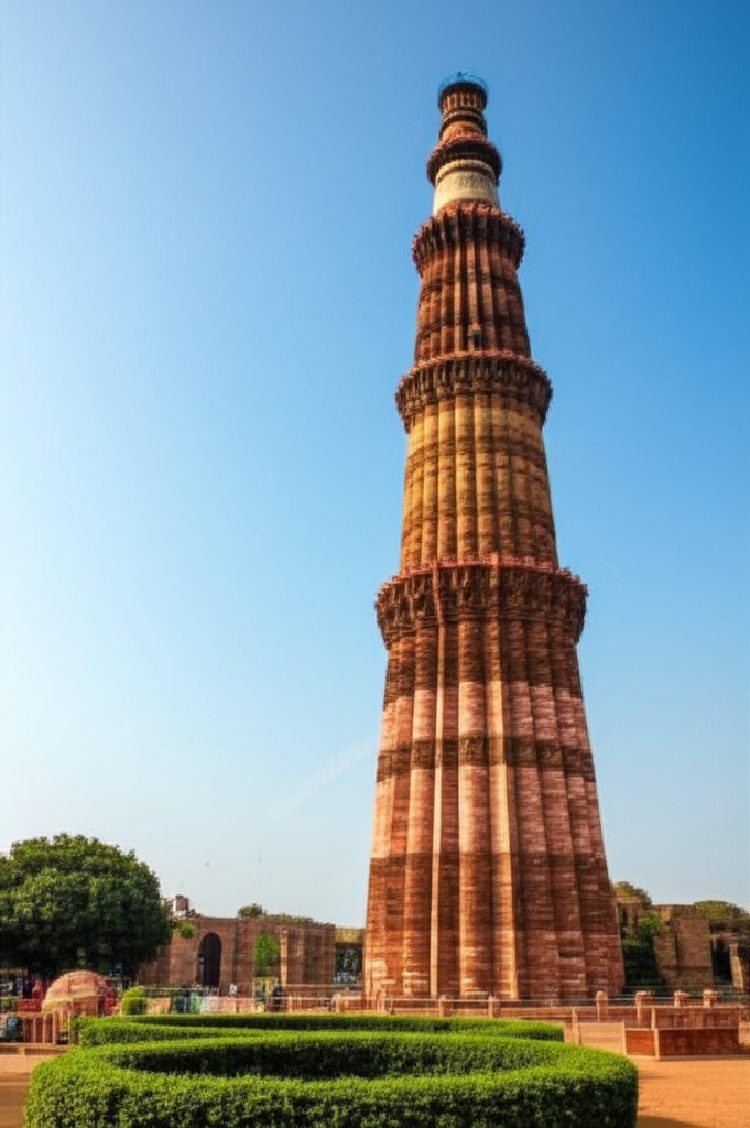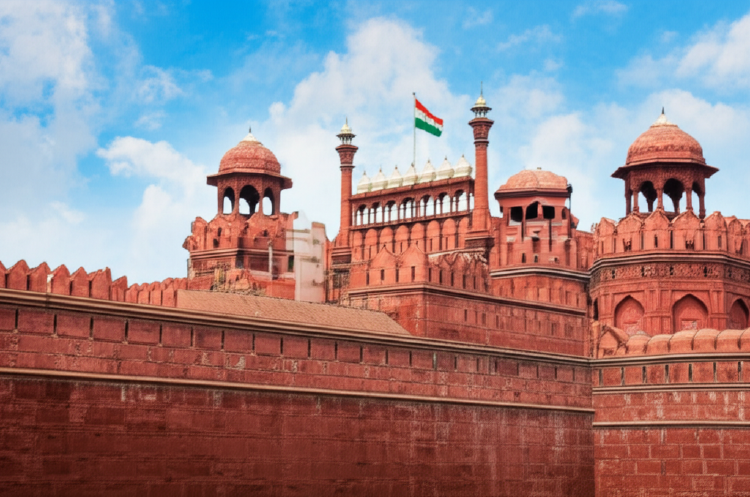
Qutub Minar: A Majestic Monument of Delhi's History
Qutub Minar is a UNESCO World Heritage Site and one of India's most iconic structures. Constructed in the 12th century by Qutub-ud-Din Aibak, it stands as a testament to Delhi's rich architectural heritage. The complex includes the Quwwat-ul-Islam Mosque, one of India's earliest extant mosques, and the impressive Minar, a towering red sandstone monument that symbolizes the city's historical splendor. Nearby lies the Jamali Kamalpur tomb complex, adding to the site's historical significance.
